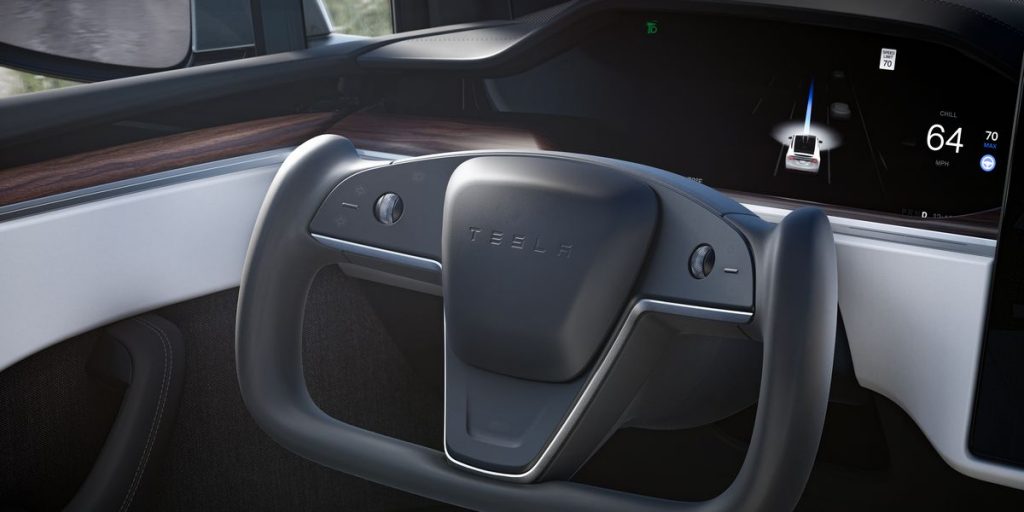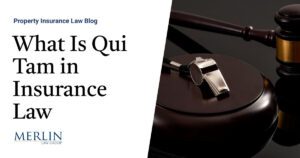Tesla Stops Putting Radar Sensors in New Model S and Model X EVs

Tesla took the radar sensors out of its North America-bound Model 3 and Model Y vehicles last year, and has now done the same in its larger models, the S and the X.Tesla CEO Elon Musk has said he believes that making self-driving cars requires them to operate like human drivers: with eyes and a brain. In the EVs, that means only using cameras and a neural net to determine what’s in the road ahead.Earlier this month, NHTSA announced an investigation into “phantom braking” issues that could affect all Model 3 and Model Y EVs that the company made without the radar sensors.
Tesla is doubling down on its camera-only approach, which it calls Tesla Vision, for the advanced driver-assistance features in the company’s electric vehicles. Tesla updated its website late last week to announce that, as of mid-February 2022, all of the Model S and Model X vehicles the company is building for the North American market will utilize exclusively Tesla Vision, the automaker’s “camera-based Autopilot system.”
Tesla

Until this month’s change, all Model S and Model X EVs intended for North America were equipped with radar sensors but the company has been building new Model 3 and Model Y vehicles without any front radar sensors since May 2021. That’s when Tesla announced a change for those models away from radar to Tesla Vision, just what the company is now doing with the X and S models. Tesla Vision pairs the visual data streams with neural net processing capability to offer features such as Autopilot, Full-Self Driving and some active safety features.
Tesla is also changing how its radar-less vehicles will function compared to their radar-equipped brethren. The company said that there will be a “short period during this transition” when cars with Tesla Vision will have their Autosteer limited to a maximum speed of 80 mph and will require a longer minimum following distance for adaptive cruise control.
No Tesla vehicles today—indeed, no production passenger vehicle from any automaker—is currently capable of actually driving itself. Tesla admits that the National Highway Traffic Safety Administration (NHTSA) has not yet rated two of the automaker’s active-safety features, forward-collision warning and automated emergency braking, on vehicles equipped with Tesla Vision. NHTSA has rated these two technologies on Tesla models with radar sensors. “We expect those ratings will be restored through confirmatory testing in the coming weeks,” Tesla wrote on its website.
Tesla CEO Elon Musk’s theory is that self-driving cars should learn to drive the same way humans learn: by seeing and thinking about what you see. Without mentioning the radar his company’s cars will no longer use, Musk posted on Twitter Friday that another advanced sensor type, lidar, might be “seductive,” but it’s not required for cars to learn how to drive themselves. “The road system was designed to work with biological neural nets & eyes, so a general solution to self-driving necessarily will require silicon neural nets & cameras,” he wrote. “Real-World AI.” It’s a song he’s been singing for a while. Last October, Musk posted, “Humans drive with eyes & biological neural nets, so makes sense that cameras & silicon neural nets are only way to achieve generalized solution to self-driving.”
This content is imported from Twitter. You may be able to find the same content in another format, or you may be able to find more information, at their web site.
Advanced driver-assistance features that rely on cameras and a neural net might be able to offer some benefits, but Tesla recently came under scrutiny from NHTSA about a “phantom braking” issue that could affect over 400,000 Teslas. The investigation is looking at all 2021 and 2022 model year Tesla Model 3 and Model Y electric vehicles, pretty much exactly the ones that were built without radar sensors. That investigation is still in its early stages, but it is worth noting that other automakers, such as Nissan with the 2017–2018 Rogue SUV and Honda with the 2018–2019 Accord and 2017–2019 CR-V, have had problems with phantom braking incidents even though their vehicles use radar sensors alongside camera systems.
This content is imported from {embed-name}. You may be able to find the same content in another format, or you may be able to find more information, at their web site.
This content is created and maintained by a third party, and imported onto this page to help users provide their email addresses. You may be able to find more information about this and similar content at piano.io




